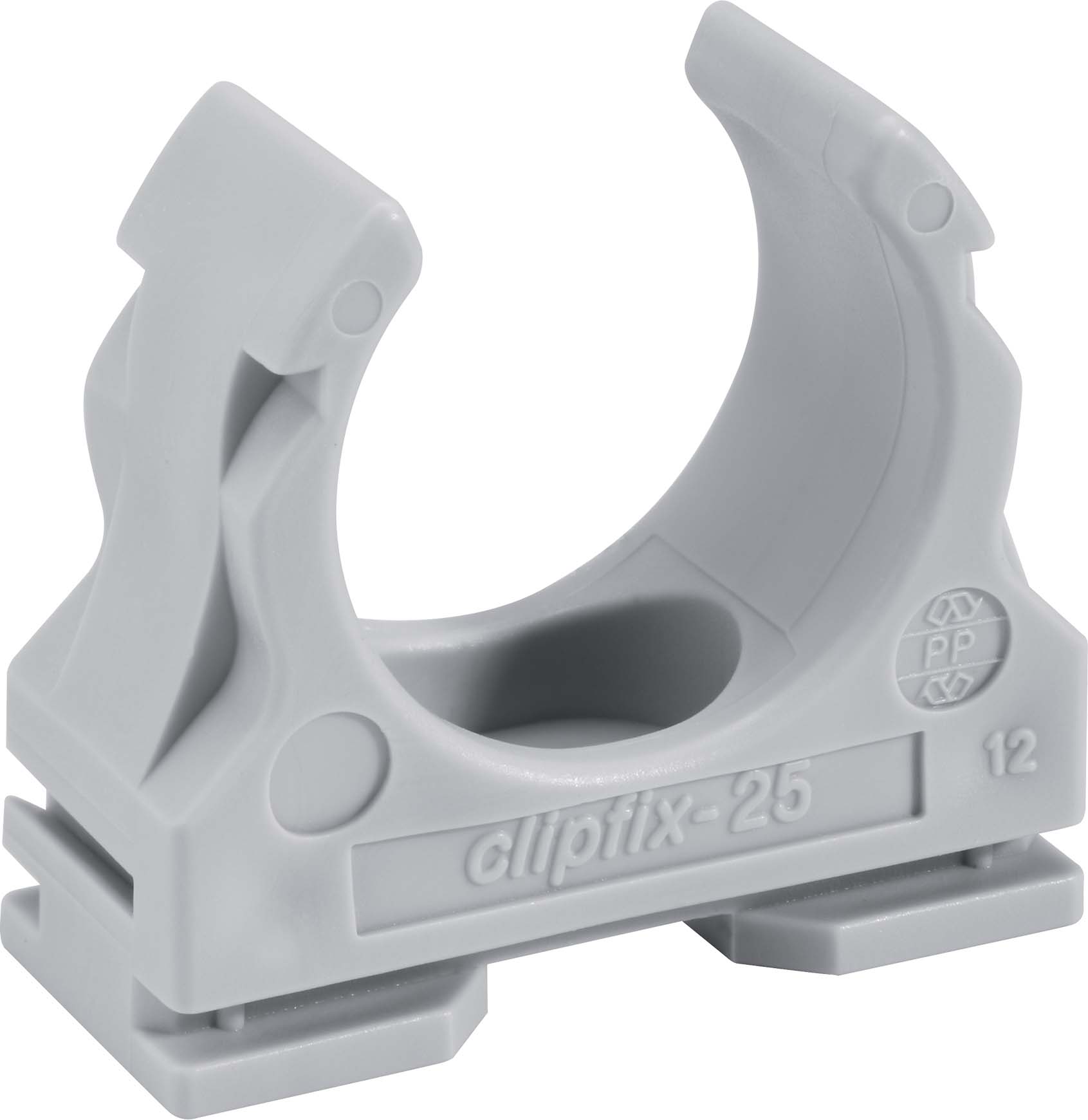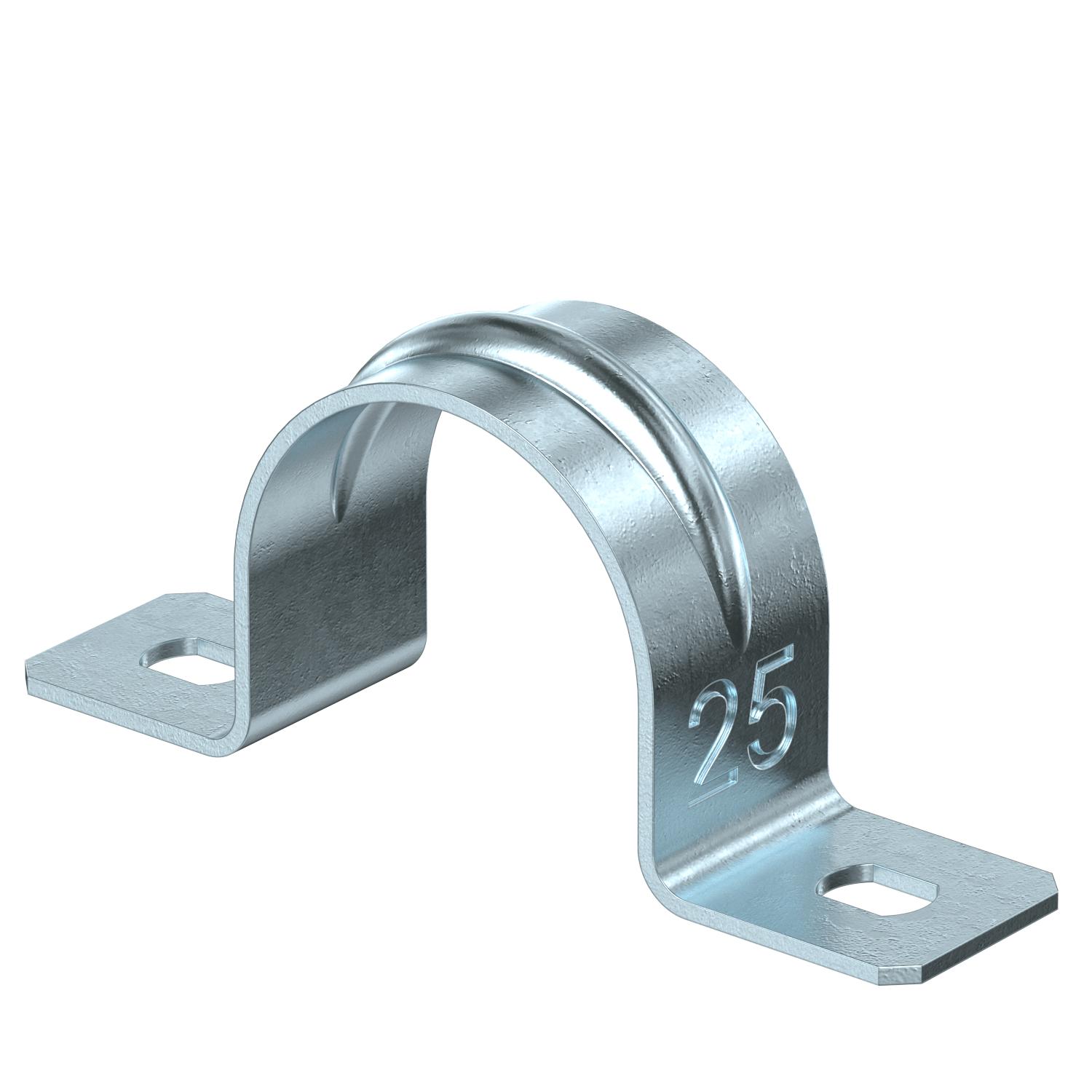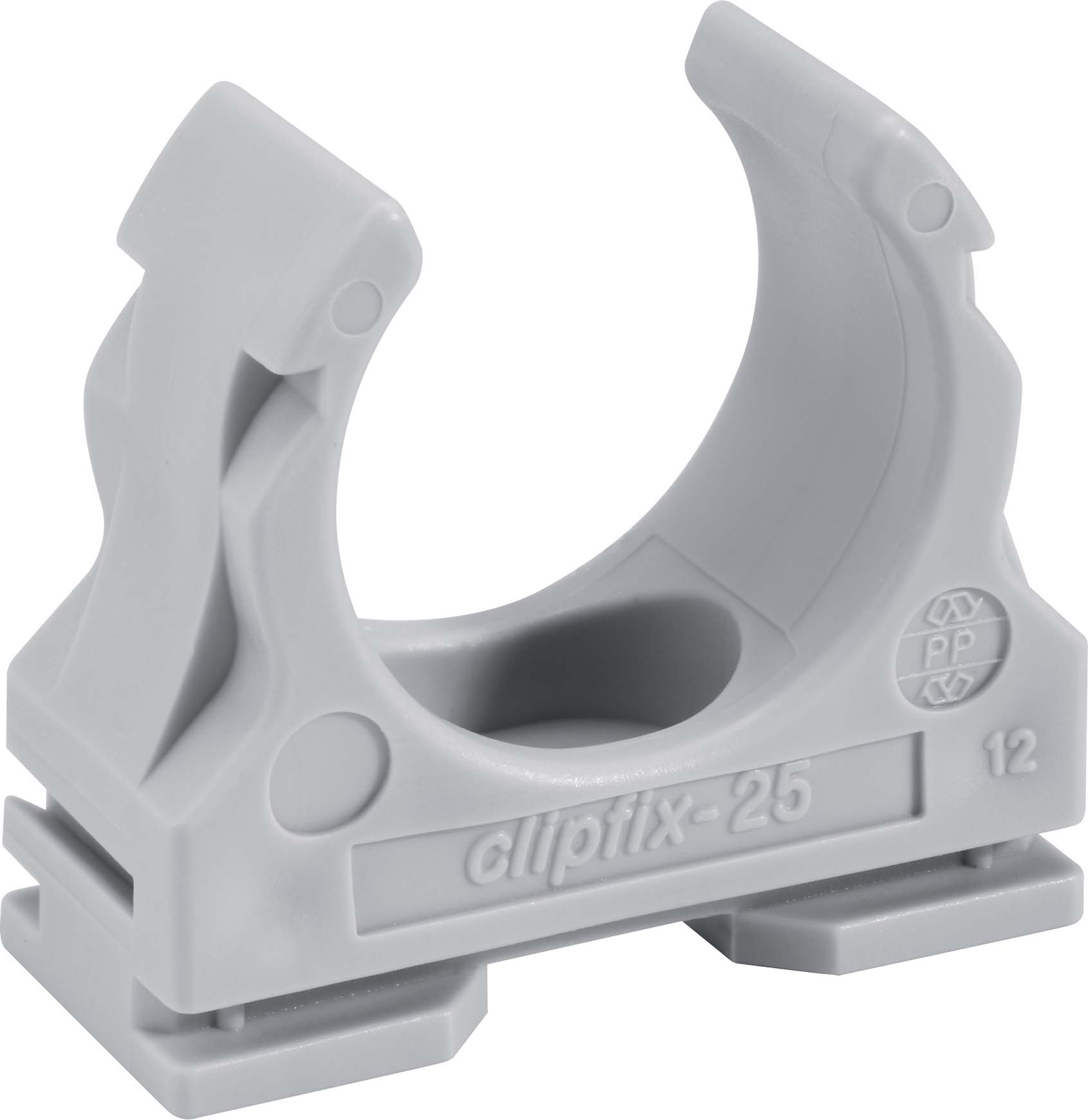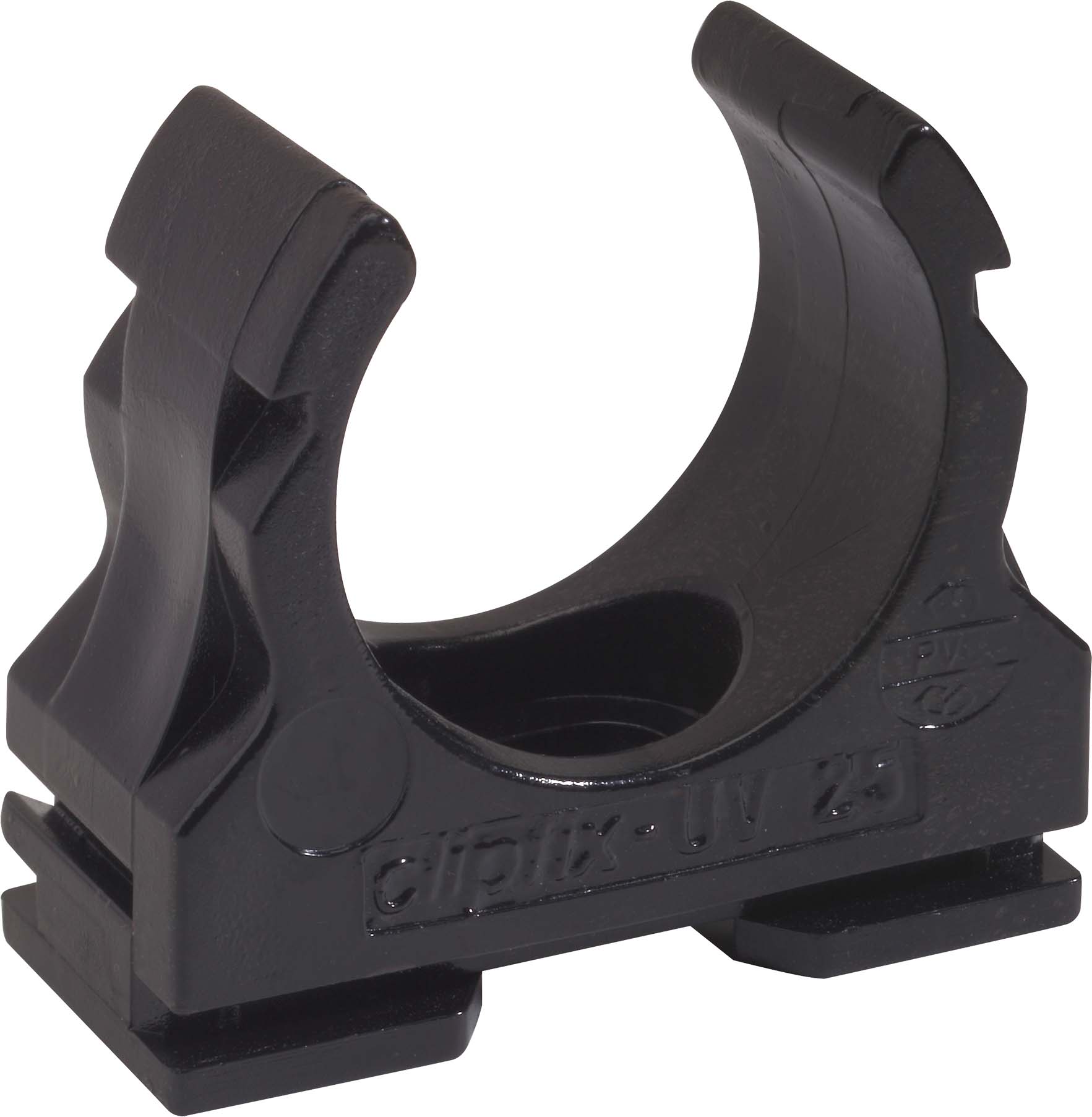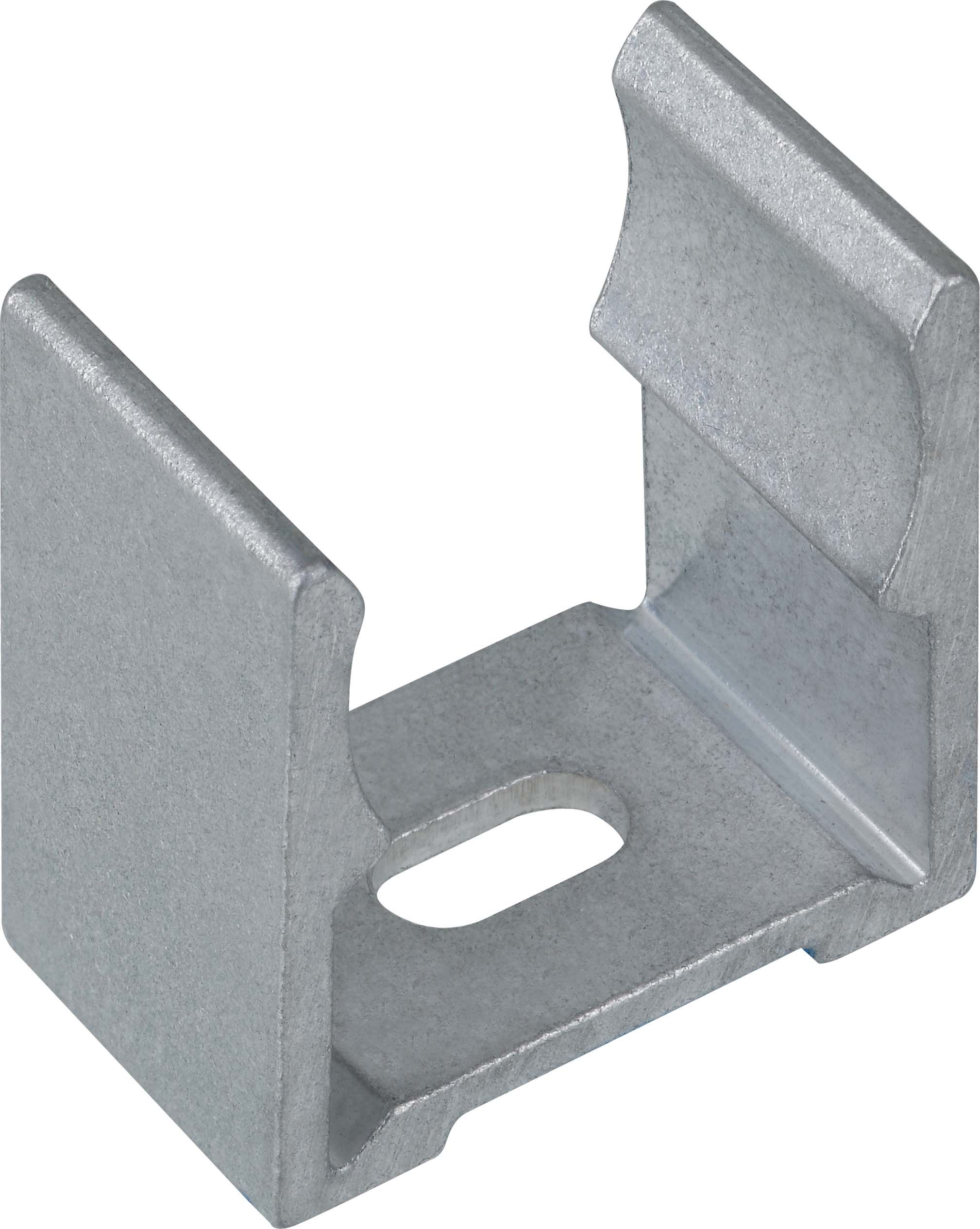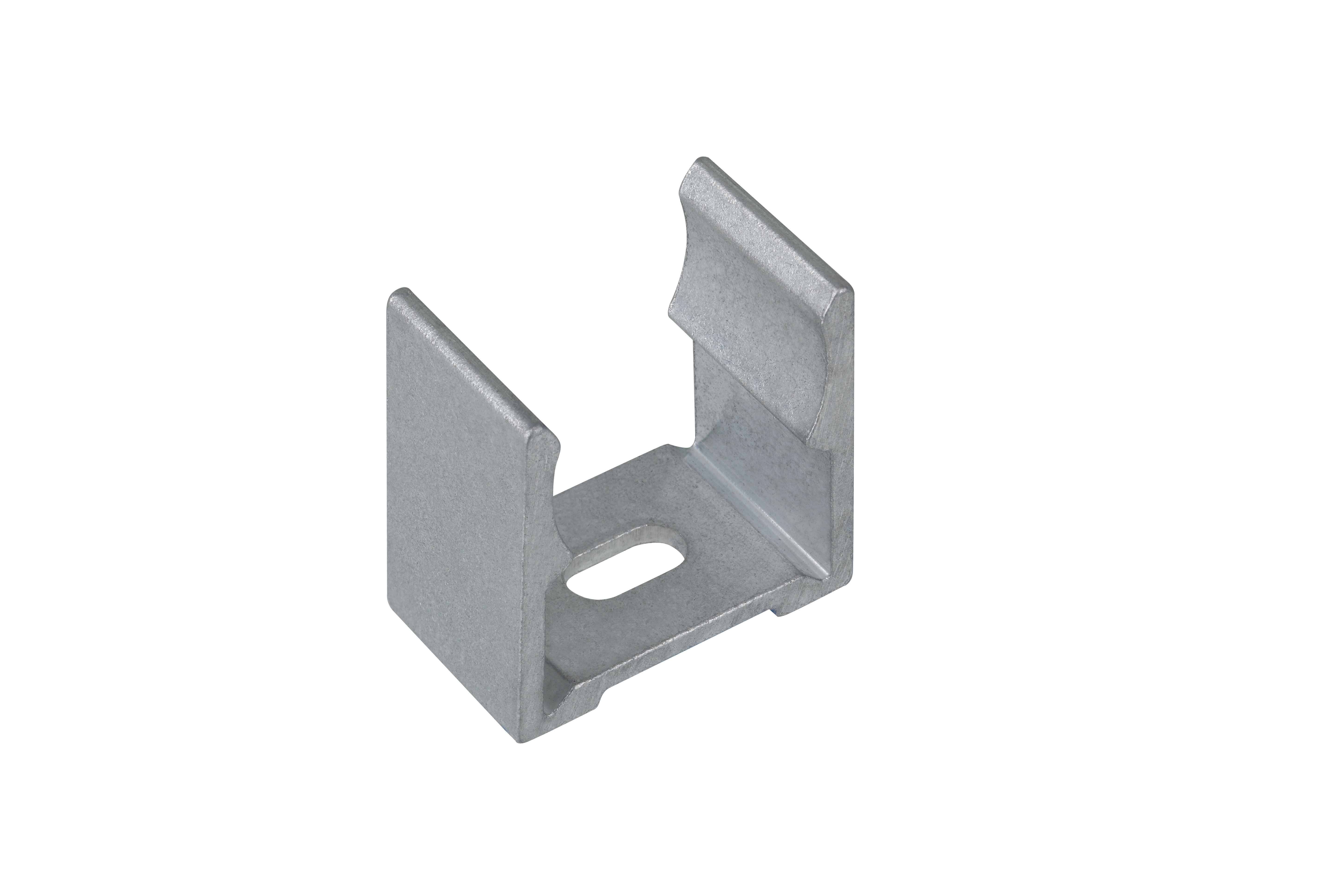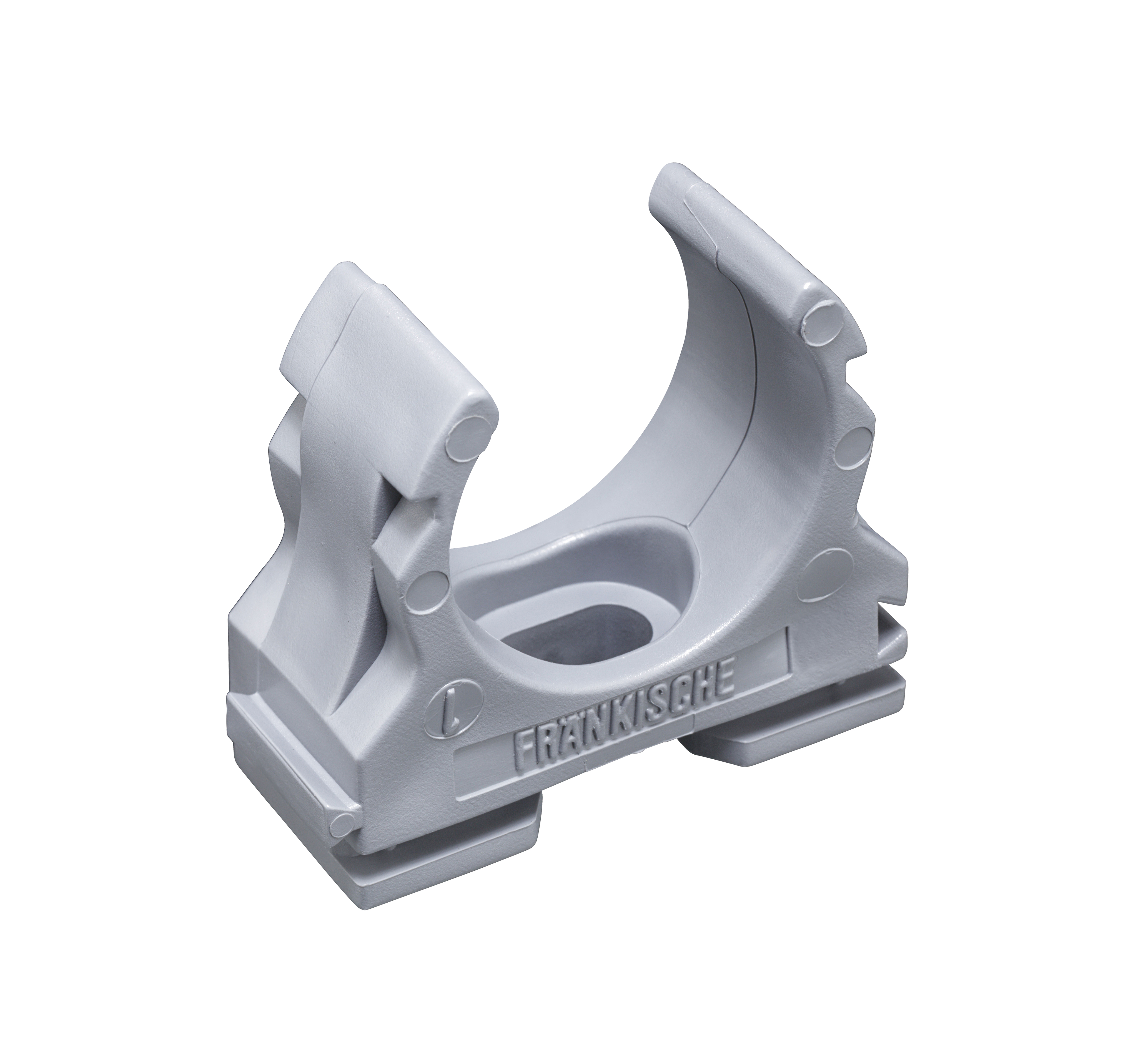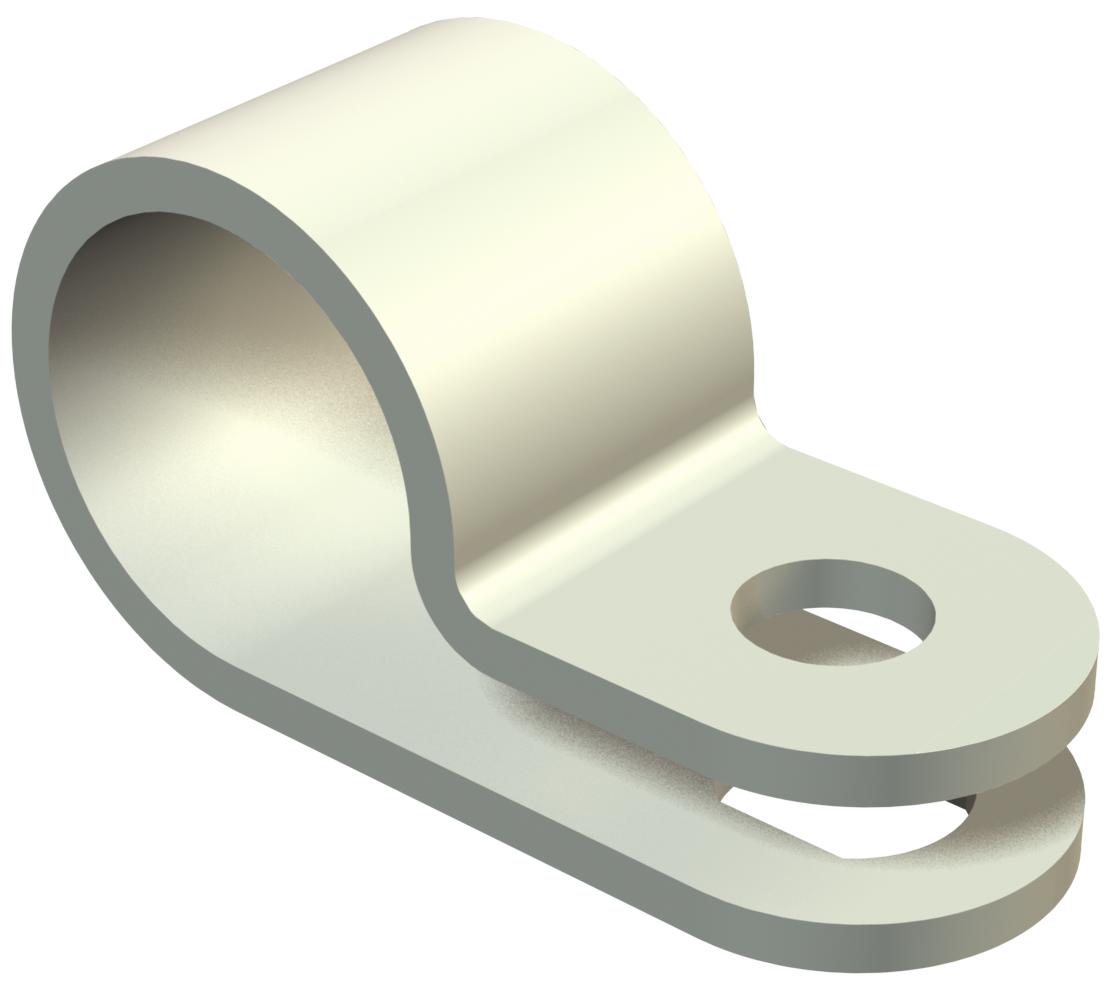Fixing Clamps
Clamps: The ideal solution for secure fastenings
Clamps are indispensable components in industry, trade and home projects. They ensure reliable fastening of pipes, hoses or cables and offer a stable, flexible and simple fastening solution. Find out more about these practical helpers and find the right clamp for your fastening task.

- Comprehensive advice & support
- over 10,000 articles in the shop
- Shipping in 24 hours
- thousands of satisfied customers

KATHRIN BRANDT
Employee Purchasing from TroisdorfGreat advice and friendly service. I was helped immediately and competently with any questions. Gladly again.

OMAR NASER
Office Manager from Frankfurt a.M.Goods are well packaged and arrive safely, which is important to me. My mail was answered immediately.

RAINER SEIDEL
Master carpenter from WiesbadenHad to replace a lamp, but the same was no longer available. Great advice, found a suitable replacement and delivered it quickly.
Light expert info
What are clamps?
Clamps are mechanical fastening elements that are used to securely fasten cylindrical objects such as pipes, hoses or cables. They are usually made of metal or plastic and can be easily tightened using screws or other mechanisms. The great advantage of clamps is their flexibility, as they can be adapted to different diameters and are suitable for numerous applications.
Areas of application for clamps
Clamps are used in a wide range of applications, including
- Electrical installations: Clamp clamps help to secure cables and wires to ensure a neat and secure installation.
- Plumbing installations: Here, clamps are used to securely fix water pipes and drainpipes.
- Automotive industry: In vehicles, clamps are used to securely fasten hoses, for example in the cooling or fuel system.
- DIY projects: Clamp clamps are also used in DIY projects to secure hoses or cables to walls or surfaces.
Advantages of clamps
Clamp clamps offer numerous advantages that make them a preferred choice for many applications:
- Secure fastening: Tightening the clamps creates a stable and secure connection between the clamp and the object to be fastened.
- Easy installation: Clamps are quick and easy to install and usually require no special tools.
- Flexibility: As they are available in different sizes and materials, they can be adapted to different diameters and areas of application.
- Cost-effective: Clamps are inexpensive to purchase and offer a long-lasting solution for various fastening tasks.
Different types of clamps
Depending on the application and material, there are different types of clamps that offer specific properties and advantages.
- Pipe clamps: Pipe clamps are mainly used for fastening pipes in heating and sanitary installations. They are often made of metal and have a rubber insert that protects the pipe and dampens vibrations. Pipe clamps are available in various sizes and offer a reliable fastening solution for water or drainage pipes.
- Hose clamps: Hose clamps are used to securely fasten hoses to connections or joints. A well-known example is the worm drive clamp, which uses a screw mechanism to tighten the clamp and secure the hose. This type of clamp is often used in the automotive sector or in industry.
- Cable clamps: Cable clamps are mainly used in electrical installations to securely fasten cables and wires. They are available in various sizes and designs and help to lay cables neatly and at the same time protect them from mechanical loads.
- Plastic clamps: Plastic clamps are a popular choice for applications where corrosion protection or low weight is required. These clamps are often used in electrical engineering or in areas with chemical influences, as they do not rust and are resistant to corrosion.
Materials for clamps
Choosing the right material is crucial for the durability and functionality of the clamp. The most common materials are
- Stainless steel: stainless steel clamps offer high corrosion resistance and are particularly suitable for use outdoors or in damp environments.
- Galvanized steel: Galvanized clamps are resistant to rust and offer good stability. They are less expensive than stainless steel and are often used in indoor applications.
- Plastic: Plastic clamps are lightweight, corrosion resistant and ideal for applications where electrical insulation or chemical resistance is required.
Selecting the right clamp
Choosing the right clamp depends on the application, the diameter of the object to be fastened and the desired material. Hose and pipe clamps are ideal for pipes and hoses, while cable clamps have been specially developed for electrical installations. The following factors should be taken into account when making a selection:
- Diameter: the clamp should match the diameter of the pipe or hose. Clamps that are too small could damage the material, while clamps that are too large will not provide sufficient support.
- Material: Choose the material based on the environmental conditions. For outdoor or humid environments, stainless steel is the best choice, while plastic is more suitable in chemically aggressive environments.
- Fastening method: Some clamps are bolted, others are clamped. Depending on the application and installation options, the right type of fastening should be selected.
Fitting clamps correctly
The correct installation of clamps is crucial for secure fastening. Here are some tips for installation:
- Preparation: Make sure the pipe, hose or cable is clean and dry before installing the clamp.
- Positioning: The clamp should be positioned so that it encloses the object evenly and does not slip.
- Tightening: Tighten the clamp with the correct tension to ensure a secure fixation without damaging the material.



